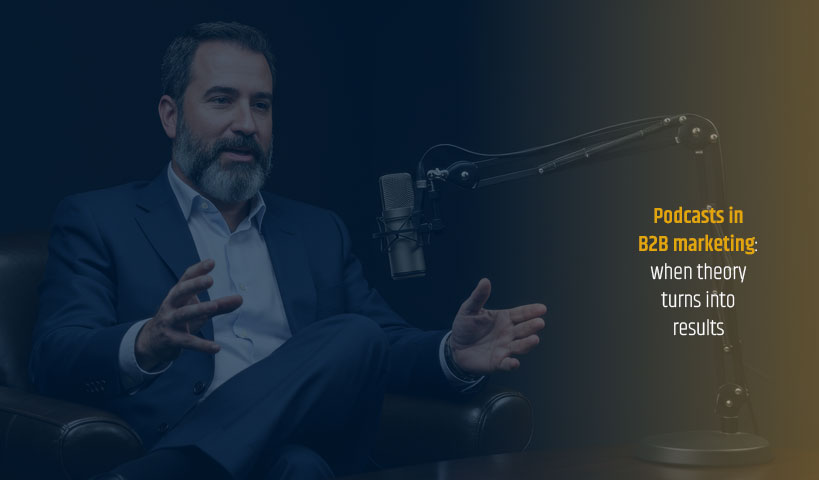Measuring the performance of an inbound marketing strategy goes beyond measuring the number of visits, bounce rate, the number of pages viewed, etc. You’ll find in this article a few ways to adequately measure the success (or failure) of your inbound marketing strategy.
As seen in a previous article, the importance of content in B2B inbound marketing, an inbound marketing strategy unfolds in three parts:
- Content; includes creating and sharing content (text, video, slideshare, etc.)
- SEO; tactics and techniques to improve the ranking on search engines;
- Social media; where we broadcast and share the content.
The element at the center of any inbound marketing strategy is the blog.
An inbound marketing strategy must also include performance monitoring … we cannot control what we do not measure! Below are suggestions on some performance indicators to help you improve your inbound marketing strategy.
ROI on Inbound Marketing
Ultimately, your boss will ask you 2 questions: what is the cost and how much will it pay back in the end.
Secondly, because it is actually a performance indicator, you need to follow-up. A low ROI (or negative one) means you should revisit your strategy and methods.
The cost of customer acquisition; Inbound vs. Outbound
The cost of acquiring a lead with inbound marketing can be 40% lower than with an outbound strategy. The calculation of such data often requires the use of a CRM or ERP.
The conversion rate
There are 4 levels of conversions you should look at. These rates will ultimately help you to know if there is a particular problem in your sales funnel:
- The conversion rate of your website: the number of visits vs. the number of leads generated. To do a good benchmark, here are some interesting statistics:
- Marketing Filters: also called MQL (Marketing Qualified Leads), on a portion of the leads generated by your website, some will be quickly thrown in the trash (spam, irrelevant leads, etc.). A percentage must be calculated to know how many leads survive this first filter.
- Sales Filtering: also called SQL (Sales Qualified Leads), sales people must then filter leads.
- Leads converted into sales: how many remaining leads are converted into sales.
Commitment
This is the step of apotheosis for all inbound marketing strategies: after following the targeted individuals and groups, you must have started to share content from them, thereafter, you must provide content, and finally, engage in discussions with members of different communities (commitment).
The commitment can be measured as follows:
- The number of comments left on your blog posts
- The number of shares of your blog posts on social media (and content aggregators such as Paper.li)
- The number of tweets that were shared on social media
The increase in visits from a natural search
Generating visits through SEO is good! But do these visits convert into sales or sales leads? Here are some measures to implement:
- The number of leads generated by an organic search
- Conversion by key words :
- Branding type keywords (keywords specific to your business is good for your brand reputation indicator)
- All other keywords (provide some indication of the effectiveness or otherwise, of the marketing content you have deployed)
It’s important to monitor these indicators over time. You can even build a dashboard using Excel.




